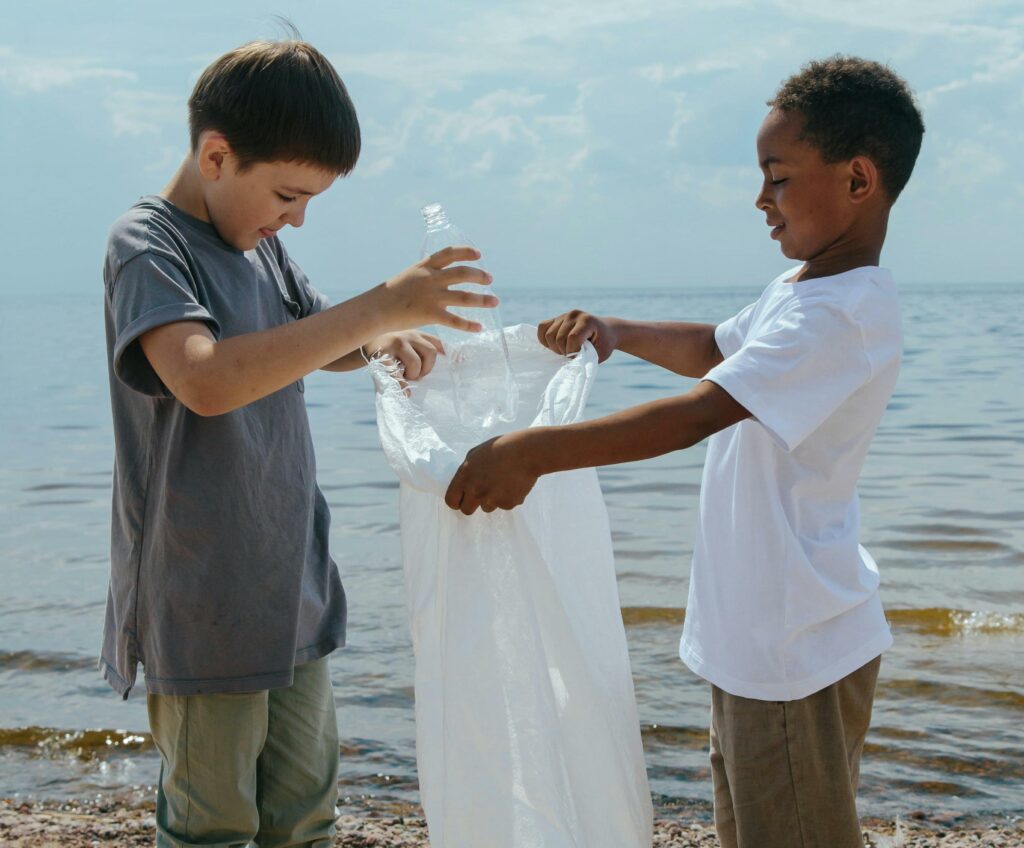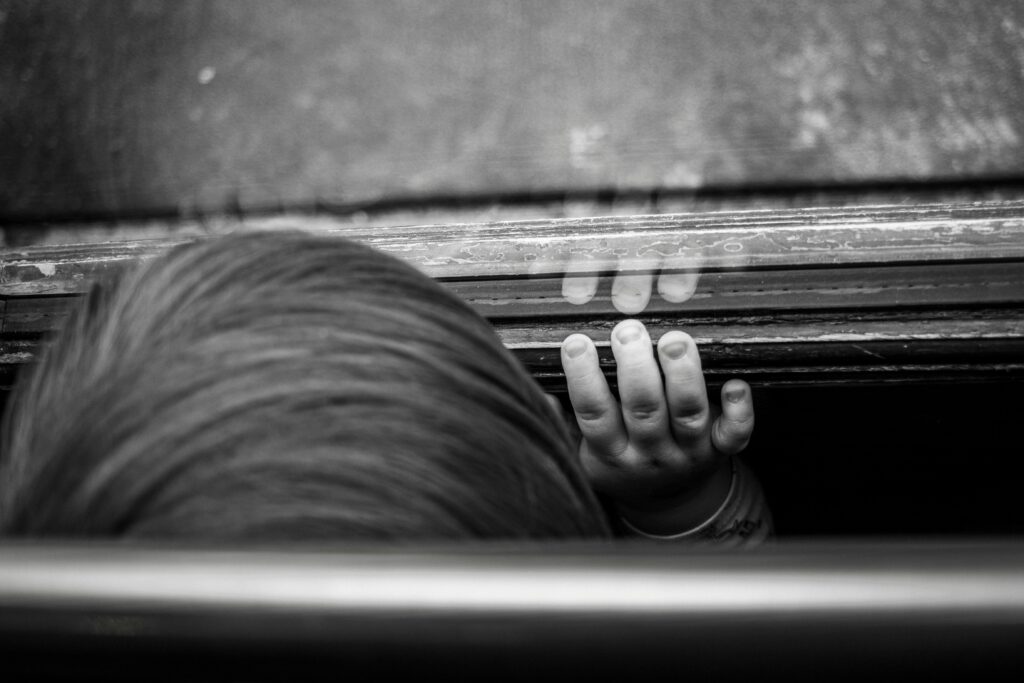Getting “boo-boos” is an unavoidable part of childhood, so every home needs some basic items for a first aid kit.
You can treat most mild scrapes, bug bites, rashes, and burns at home. We recommend always being prepared with some essentials that can provide your child some relief right away and help them heal.
You can start with a pre-made first aid kit from the store, but you’ll likely need to purchase some additional necessary items. Below is our list of what every first aid kit should have and some ways to use each one.
Over-the-Counter Medications & Topicals
Ibuprofen (such as Motrin or Advil) and Acetaminophen (such as Tylenol): It is good to have both types of these pain and fever medications on hand. Always check with your child’s physician before administering these for children under 2 years of age. For older children, carefully read the dosage chart before administering.
Hydrocortisone Ointment: This ointment will give relief to itchy skin from bug bites, poison ivy, etc. This will give your child some relief and hopefully prevent them from scratching, which can open the skin and can lead to a secondary infection.
Antibiotic ointment: This ointment helps prevent or treat mild skin infections. You can apply it to cuts, scrapes, and burns. It also may help the wounds heal faster.
Benadryl (or Diphenhydramine): This is a first line of treatment for insect bites, hives, seasonal allergies and other allergic reactions. If purchase a first aid kit and it has Benadryl tablets, save those for adults. Instead, buy the liquid Bendryl or children’s versions.
Numbing spray: This spray can soothe your child’s skin if they have a painful scrape, cut, burn, or sunburn.
Bandages
Bandaids: Be sure to have bandaids of multiple sizes and shapes for different wounds.
Gauze: It is helpful to have small packages of sterilized gauze and a roll of gauze that can be cut to size or wrapped around larger wounds.
Medical tape: This tape is used to tape down gauze to keep the bandage secure.
ACE bandage: This elastic bandage is great for holding bandages in place on bigger wounds and for holding splints on fractures. It’s also helpful for wrapping sprains and strains to provide protection and compression decrease swelling.
First Aid Kit Instruments
Small Scissors: Small metal scissors will help you cut dressings and medical tape and are useful for trimming hangnails, etc.
Tweezers: A good pair of tweezers is essential for removing splinters. You can also use tweezers to remove ticks by gripping the tick as close to the head as possible.
Small flashlight: This bright light will help you get a better look into your child’s mouth, ears, or nose. It also can provide light needed before removing a splinter or tick.
Other Essential Items
Rubbing alcohol or alcohol wipes: This is important for sterilizing tweezers, scissors, or any other first aid kit instrument. You can also use it to sterilize skin—but it will sting and burn, so we recommend you don’t use it on their wounds and instead just use soap and water.
Cold Compress: A cold pack should be kept in your freezer to be ready when you need it. It can help reduce swelling and relieve pain for bug bites, bruises, and other injuries. Always use a layer of protection between the cold compress and their skin, such as a towel or washcloth.
Zip Lock Bag: Keep a couple zip lock bags in your first aid kit to place ticks after you have removed them from your child. By collecting the tick, you can have it identified to determine if it’s a type that carries Lyme disease or other illnesses.
Chapstick or lip balm: This simple item can sooth chapped lips, lip injuries and sunburned lips.
Pre-made finger splint: If your child injures their finger and you suspect it’s broken, you can put their finger in a pre-made finger splint until you get to your pediatrician’s office.
EpiPen: You’ll want to have an EpiPen on hand if you have a family member who has severe anaphylaxis allergic reactions. Speak to your pediatrician for a prescription.
When to Get Help
Many mild injuries and bites can be treated at home. However, you can always call our office 24/7 if you aren’t sure if your child needs medical attention or if you need advice for the best way to treat it at home. If your child’s injury is not healing or has signs of an infection (such as wounds that appear red and inflamed, is oozing, or has a smell to it), call our office at (720) 284-3700.


